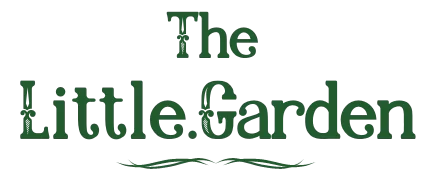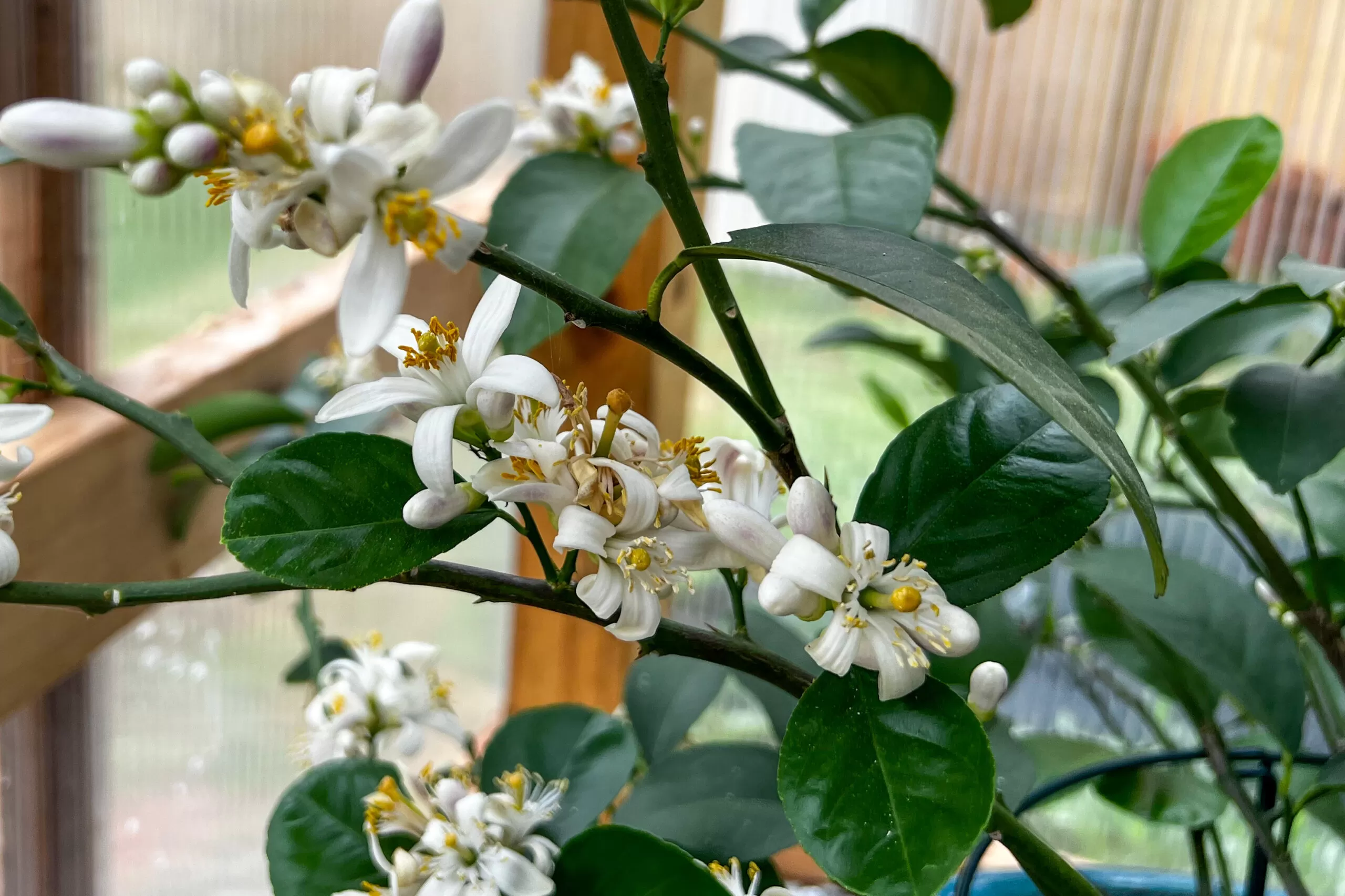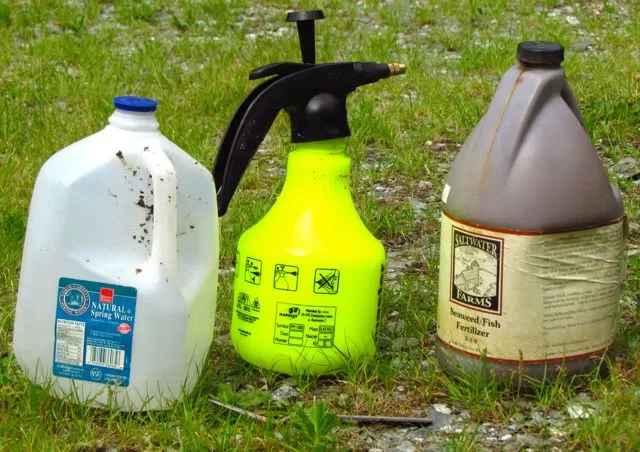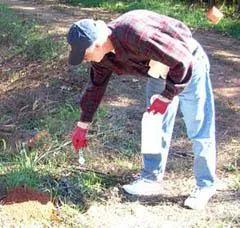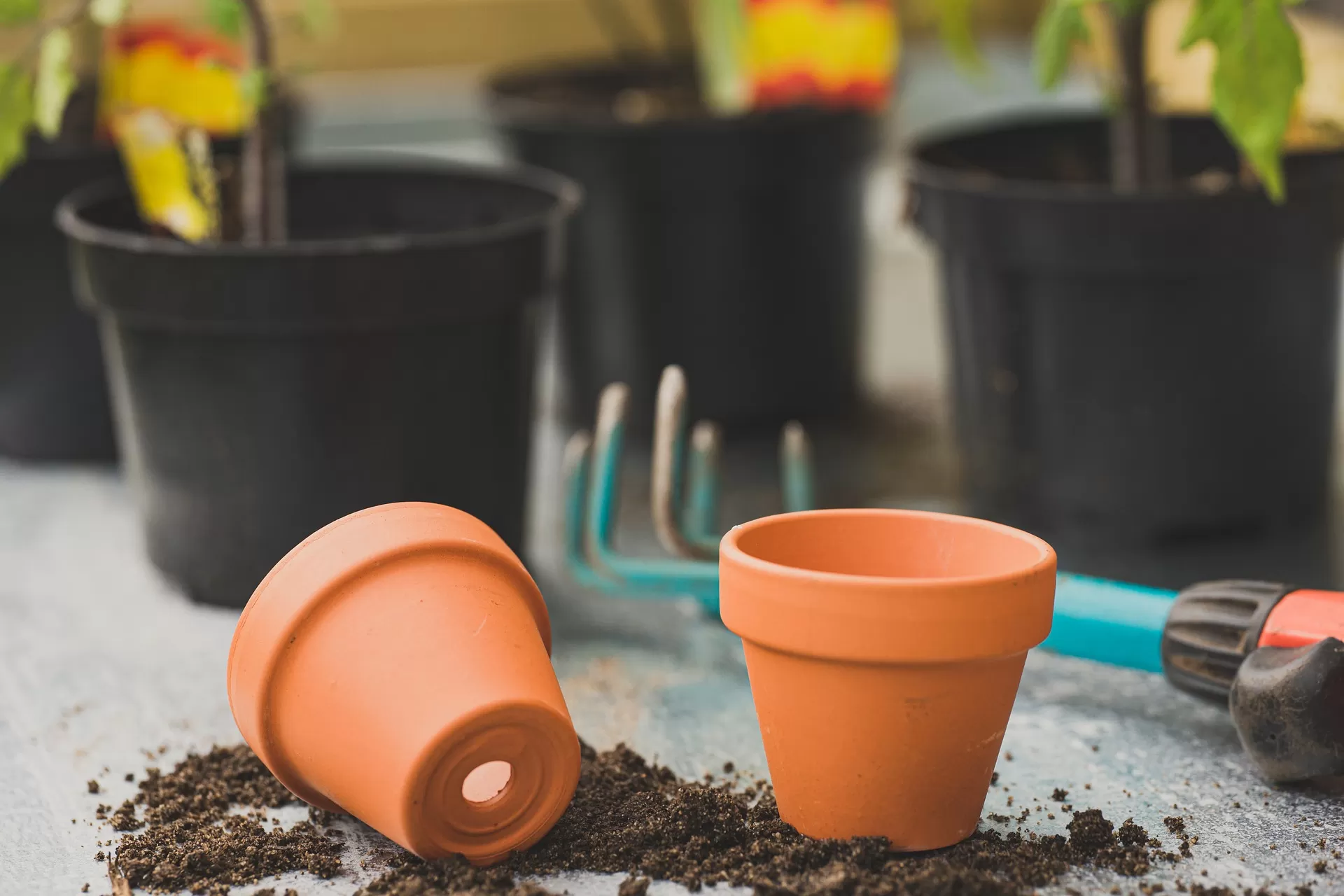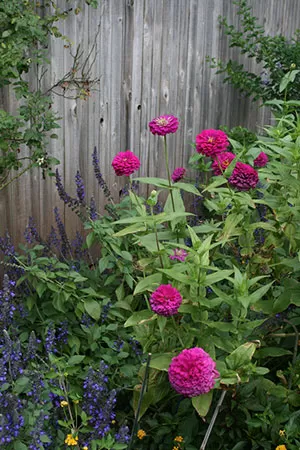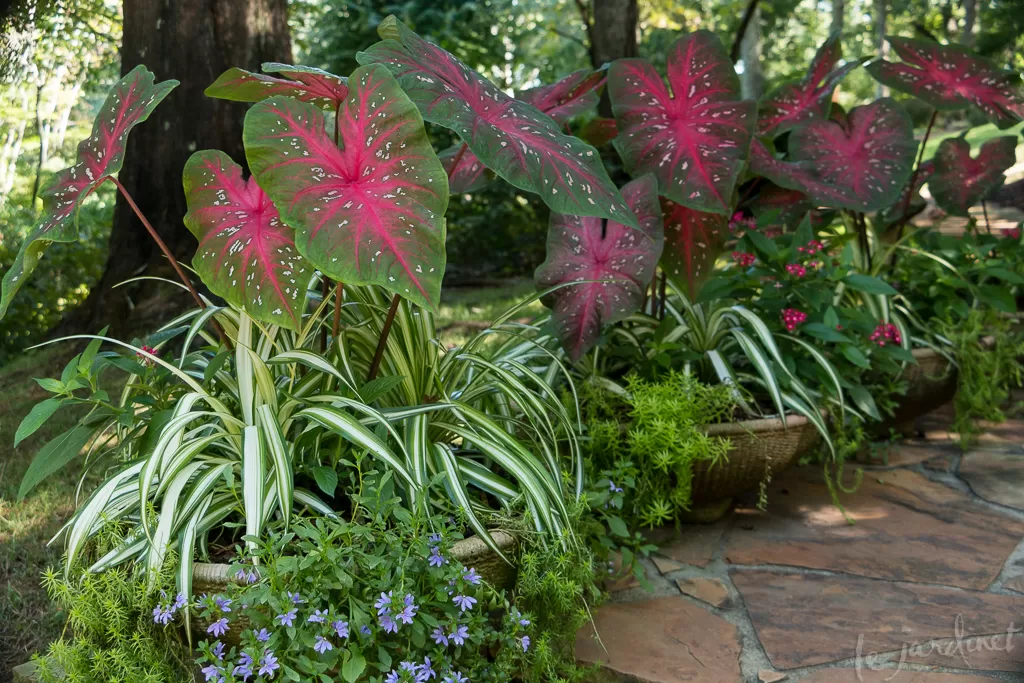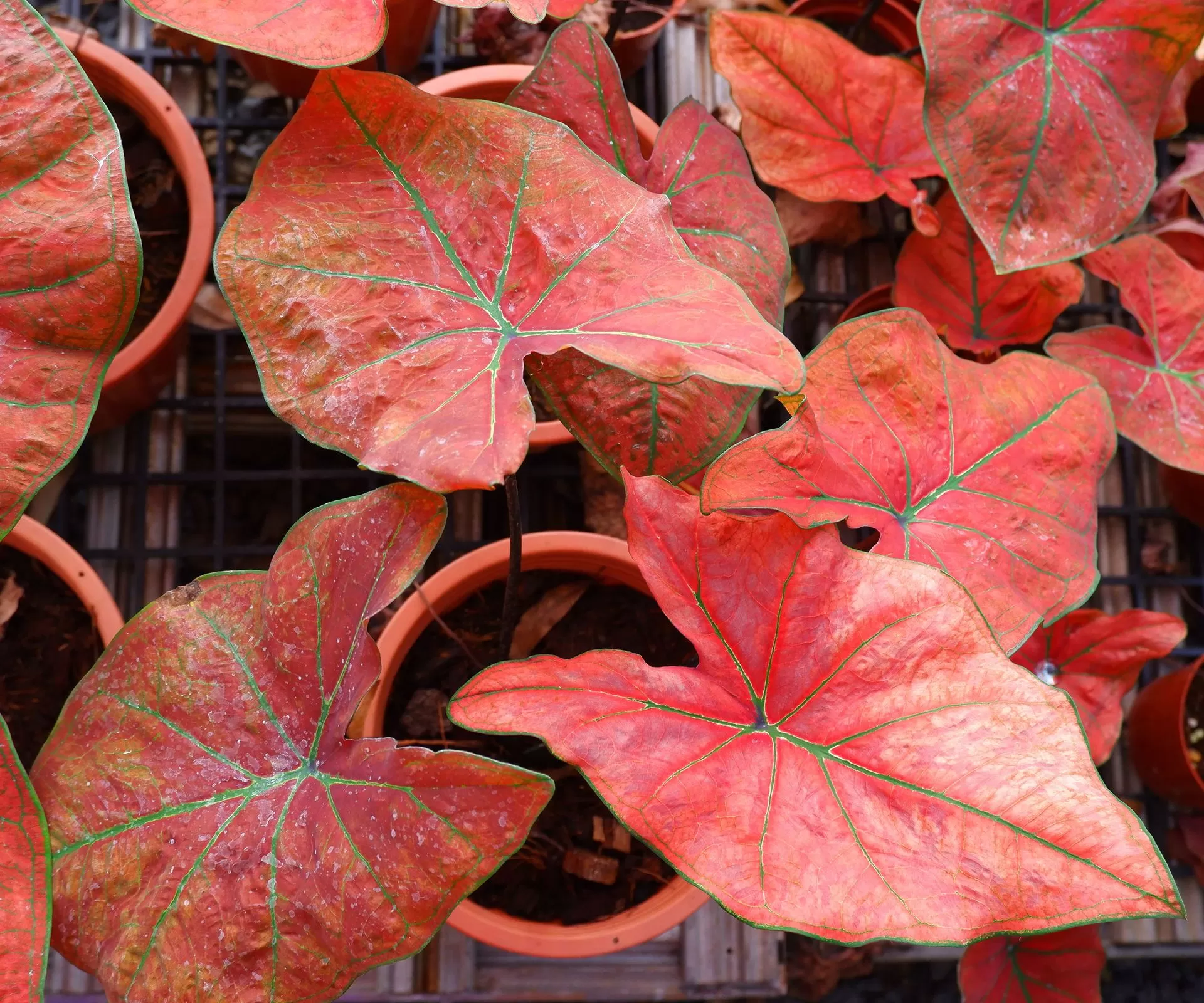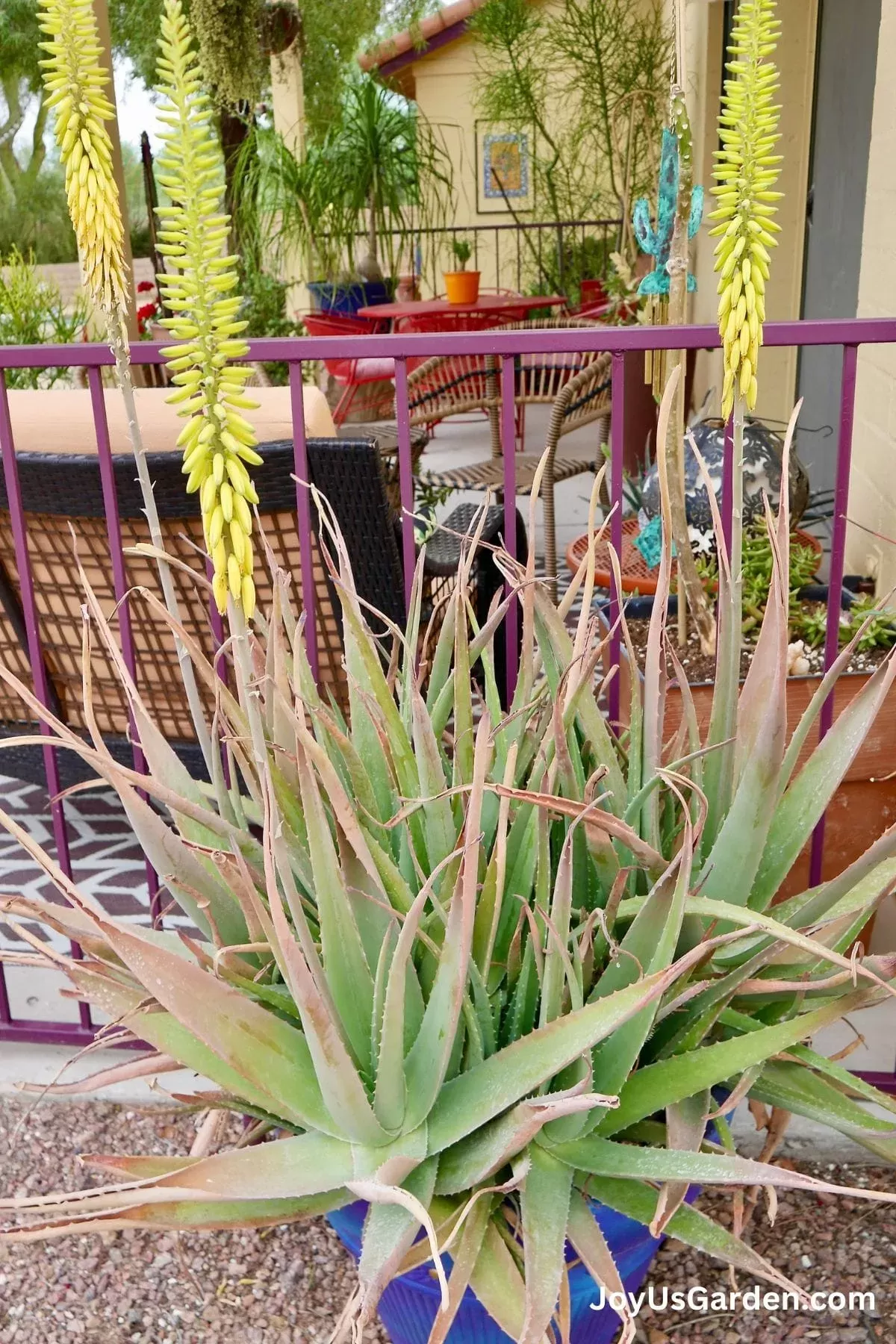- Discover neem oil, a versatile organic solution for your garden.
- Learn how neem oil combats a wide range of pests at all life stages.
- Explore neem’s effectiveness as a natural fungicide and a powerful component in bacterial sprays for plant diseases.
- Find out why neem oil is safe for beneficial insects, pets, and the environment when used correctly.
- Get tips on how and when to apply neem oil for maximum impact in your garden, indoors, and even on edibles.
Tired of battling garden pests and frustrating plant diseases with harsh chemicals? Imagine a single, natural product derived from a tree that can tackle insects, prevent fungal issues, and even act as a potent natural bacterial spray. Enter neem oil – a long-standing secret weapon for organic gardeners, offering a safe, effective, and environmentally friendly way to keep your plants thriving and healthy. Let’s dive into why this ancient remedy is still the best choice for modern gardens.
Contents
- What Exactly is Neem Oil?
- Beyond Pests: Neem Oil as a Natural Fungicide and Component of Bacterial Sprays
- Tackling Fungal Foes
- A Natural Ally in Bacterial Sprays
- Why Choose Neem Oil for Your Garden?
- Safe for the Good Guys
- Pet, Wildlife, and Water Friendly
- Naturally Organic and Biodegradable
- How Neem Oil Works Its Magic
- Applying Neem Oil Sprays Effectively
- Foliar Spray
- Dormant Season Application
- Treating Specific Plants
- Indoor Plants & Greenhouses
- Timing is Key
- More Neem Oil Benefits
- Plant Species Information: Azadirachta indica (Neem Tree)
- Conclusion: Your Natural Garden Solution
What Exactly is Neem Oil?
Neem oil comes from the seeds and leaves of the neem tree (Azadirachta indica), a remarkable evergreen native to the Indian subcontinent. For centuries, people have recognized its incredible properties, using it for everything from medicine to cosmetics. But in the garden, neem oil shines brightest as a multi-tasking powerhouse. It’s a completely natural byproduct, making it a fantastic organic alternative to synthetic pesticides and fungicides.
 benefits and uses for neem oil in the garden
benefits and uses for neem oil in the garden
Beyond Pests: Neem Oil as a Natural Fungicide and Component of Bacterial Sprays
While most people think of neem oil primarily for insect control, its capabilities extend far beyond just bug-battling. Neem oil is also a formidable foe against many common plant diseases, acting as both a preventative and a treatment. This is where its function as a natural fungicide and its power in bacterial sprays become incredibly valuable.
Tackling Fungal Foes
Neem oil is highly effective against a variety of fungal diseases that can plague gardens. Applying it as a spray helps prevent spores from germinating and can disrupt the growth of existing fungal infections. Think of common culprits like:
- Powdery Mildew (that dusty white coating on leaves)
- Black Spot (those unsightly dark spots on roses)
- Rust (orange or reddish spots)
- Leaf Spot diseases
- Anthracnose
- Scab
Regular application, especially in humid conditions prone to fungal outbreaks, can keep your plants clean and healthy.
 how to fix yellow leaves and burn spots on tomatoes
how to fix yellow leaves and burn spots on tomatoes
A Natural Ally in Bacterial Sprays
Though less commonly highlighted than its insecticidal or fungicidal properties, neem oil also shows promise in controlling certain bacterial plant diseases. A notable example mentioned in traditional uses and some studies is its potential against issues like fire blight, a devastating bacterial infection that causes leaves and branches to blacken and appear scorched. While not a standalone cure-all for every bacterium, incorporating neem oil into your plant care routine means you’re adding a layer of defense against not just pests and fungus, but also some challenging bacterial problems, effectively using it as part of your natural bacterial sprays arsenal.
Why Choose Neem Oil for Your Garden?
Opting for neem oil means choosing a solution that aligns with eco-friendly gardening practices. Its benefits extend beyond just controlling problems; it’s about promoting a healthier garden ecosystem.
Safe for the Good Guys
Unlike many synthetic pesticides that indiscriminately kill insects, including beneficial ones like bees, ladybugs, and butterflies, neem oil targets specific pests. When used properly (avoiding spraying during peak pollinator activity, like early morning), it poses minimal risk to these crucial helpers. This selective action helps maintain balance in your garden.
Pet, Wildlife, and Water Friendly
Another major advantage is its safety. Neem oil is biodegradable and non-toxic to birds, mammals, fish, and pets when used as directed. You don’t have to worry about creating harmful “death zones” or toxic runoff that contaminates nearby water sources. It breaks down quickly in the environment, leaving no harmful residue behind.
 neem oil is safe to use around pets
neem oil is safe to use around pets
Naturally Organic and Biodegradable
Derived directly from a plant, neem oil is inherently organic. Its natural composition means it biodegrades readily, minimizing environmental impact compared to persistent synthetic chemicals.
 organic neem oil products for plants
organic neem oil products for plants
How Neem Oil Works Its Magic
Neem oil contains several active compounds, the most well-known being azadirachtin. This compound, along with others, works in multiple ways to disrupt the life cycle of targeted pests and inhibit fungal/bacterial growth.
- Antifeedant: It makes treated plants unappetizing to insects, stopping them from munching on leaves.
- Hormone Disruptor: It interferes with insect growth and development, preventing larvae from maturing or eggs from hatching.
- Smothering: Oils can physically suffocate small, soft-bodied insects and mites.
- Fungal/Bacterial Inhibition: Certain compounds can disrupt the cell membranes or growth pathways of fungi and bacteria.
This multi-pronged approach makes it difficult for pests and diseases to develop resistance, a common problem with synthetic treatments.
Applying Neem Oil Sprays Effectively
Neem oil is incredibly versatile and can be used in various ways throughout the gardening season. Always follow the specific instructions on the product label, as concentrations can vary.
Foliar Spray
The most common method is mixing it with water to create a spray solution applied directly to plant leaves (tops and bottoms!), stems, and branches. This is effective for controlling active pests and diseases during the growing season.
 how to use neem oil as a foliar spray
how to use neem oil as a foliar spray
Dormant Season Application
Applying a stronger concentration of neem oil during the dormant season (when plants are not actively growing, typically in late winter/early spring before buds break) is an excellent way to kill overwintering pests and their eggs, as well as target dormant bacterial cankers.
Treating Specific Plants
- Vegetables & Herbs: Protect your edibles from common pests like aphids, whiteflies, and hornworms, as well as diseases like mildew and leaf spots. Apply in the evening or early morning to avoid harming pollinators active during the day.
- Fruit & Nut Trees: Combat issues like coddling moths, aphids, and fire blight (using neem oil as a bacterial spray component) on fruit and nut varieties. Spray pre-blossom, after petal drop, and every couple of weeks as needed.
- Ornamentals: Keep your flowers, shrubs, and trees looking their best by protecting them from spider mites, scale, caterpillars, and fungal issues.
 How to get rid of aphids on herbs naturally
How to get rid of aphids on herbs naturally
Indoor Plants & Greenhouses
Neem oil is safe and effective for indoor use, helping you keep houseplants free from common pests like spider mites and aphids without introducing harmful chemicals into your home environment. Greenhouses, with their often high humidity, are prime breeding grounds for pests and fungi; neem oil offers a natural way to keep conditions healthy.
 neem oil is safe to use around pets
neem oil is safe to use around pets
Timing is Key
For active problems, you might spray weekly. For prevention, every 7-14 days can be sufficient. Always test a small area of the plant first, especially on tender varieties or during hot weather, as some plants can be sensitive. Avoid spraying in direct hot sun.
More Neem Oil Benefits
Neem oil offers several other advantages:
- Soil Health: Neem cakes (the residue left after oil extraction) can be incorporated into soil as a fertilizer that also helps control soil-borne pests like nematodes and grubs.
- Long-lasting Effectiveness: Pests don’t build resistance to neem oil, ensuring its continued efficacy.
- Harvest Ready: Many neem oil products can be used up to the day of harvest, giving you continuous protection for your edible crops.
Plant Species Information: Azadirachta indica (Neem Tree)
The source of this incredible oil is the Neem tree itself.
- Scientific Name: Azadirachta indica
- Common Name: Neem, Indian Lilac
- Zone: Typically grown in tropical and semi-tropical regions (USDA Zones 9-12 for outdoor growth).
- Light: Full sun.
- Humidity: Prefers moderate to high humidity but can tolerate drier conditions once established.
- Water: Drought tolerant once mature, but young trees need regular watering.
Conclusion: Your Natural Garden Solution
Neem oil stands out as a superior, multi-purpose product for anyone looking to garden more naturally. Its ability to effectively control a wide range of pests, prevent and treat fungal diseases, and serve as a valuable tool in natural bacterial sprays makes it an essential addition to your garden shed. Safe for beneficial insects, pets, and the environment, and usable on everything from vegetables to ornamentals, neem oil empowers you to protect your plants without resorting to harsh chemicals. Give neem oil a try and experience the difference a natural approach can make for a thriving, healthy garden.
Have you used neem oil in your garden? Share your experiences in the comments below! What challenges has it helped you overcome?
